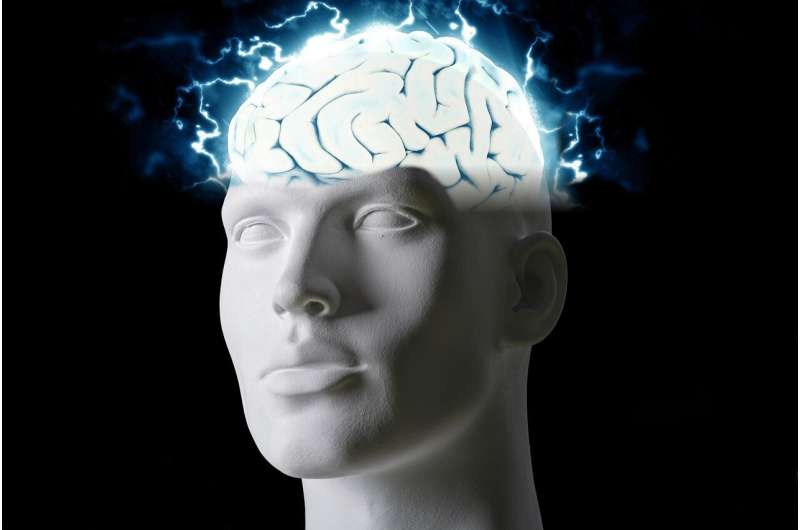
Most living creatures exhibit a circadian rhythm, an internal clock that repeats around every 24 hours. Now, researchers from Japan have found new details about the molecular processes that govern sleep/wake rhythms in mice.
In a recently published study, researchers from the University of Tsukuba have revealed that a key molecule involved in sleep homeostasis (called SIK3 or salt-inducible kinase 3) also plays a critical role in circadian behavior.
Animals are able to adapt to the 24-hour cycle of light and dark in terms of both behavior and physiology via changes in the suprachiasmatic nucleus (SCN), which is the brain’s master clock that synchronizes the various rhythms in the body. However, the biological activities within the SCN that induce time-specific wakefulness have not been fully characterized; the research team aimed to address this.
“Most animals show a peak in activity at a specific point in the circadian cycle,” explains lead author of the study Professor Masashi Yanagisawa. “Because the SCN has been found to regulate sleep and wakefulness at certain times of the day, we wanted to investigate the distinct neurons that control this process.”
To do this, the research team genetically manipulated levels of SIK3 in specific neuron groups in the SCN of mice. Then, they examined sleep and circadian behaviors in the mice, such as when and for how long the mice exhibited activity with respect to the light-dark cycle.
“We found that SIK3 in the SCN can influence circadian cycle length and the timing of peak arousal activity, without changing the daily sleep amount,” says Professor Yanagisawa.
The research team previously reported that SIK3 interacts with LKB1 (an upstream molecule of SIK3) and HDAC4 (an important target of SIK3) in glutamatergic neurons to regulate the amount and depth of sleep. Now, they have found that the SIK3-HDAC4 pathway modulates the length of the circadian period through NMS-producing neurons, and contributes to the sleep/wake rhythm.
The length of the behavioral period and the timing of peak activity are important components of the circadian rhythm. Given the similarities between the circadian systems of different mammals, new information about how this system works in mice could lead to new treatments for sleep and circadian rhythm disorders in humans.
The study is published in the journal Proceedings of the National Academy of Sciences.
More information:
Fuyuki Asano et al, SIK3–HDAC4 in the suprachiasmatic nucleus regulates the timing of arousal at the dark onset and circadian period in mice, Proceedings of the National Academy of Sciences (2023). DOI: 10.1073/pnas.2218209120
Journal information:
Proceedings of the National Academy of Sciences
Source: Read Full Article
